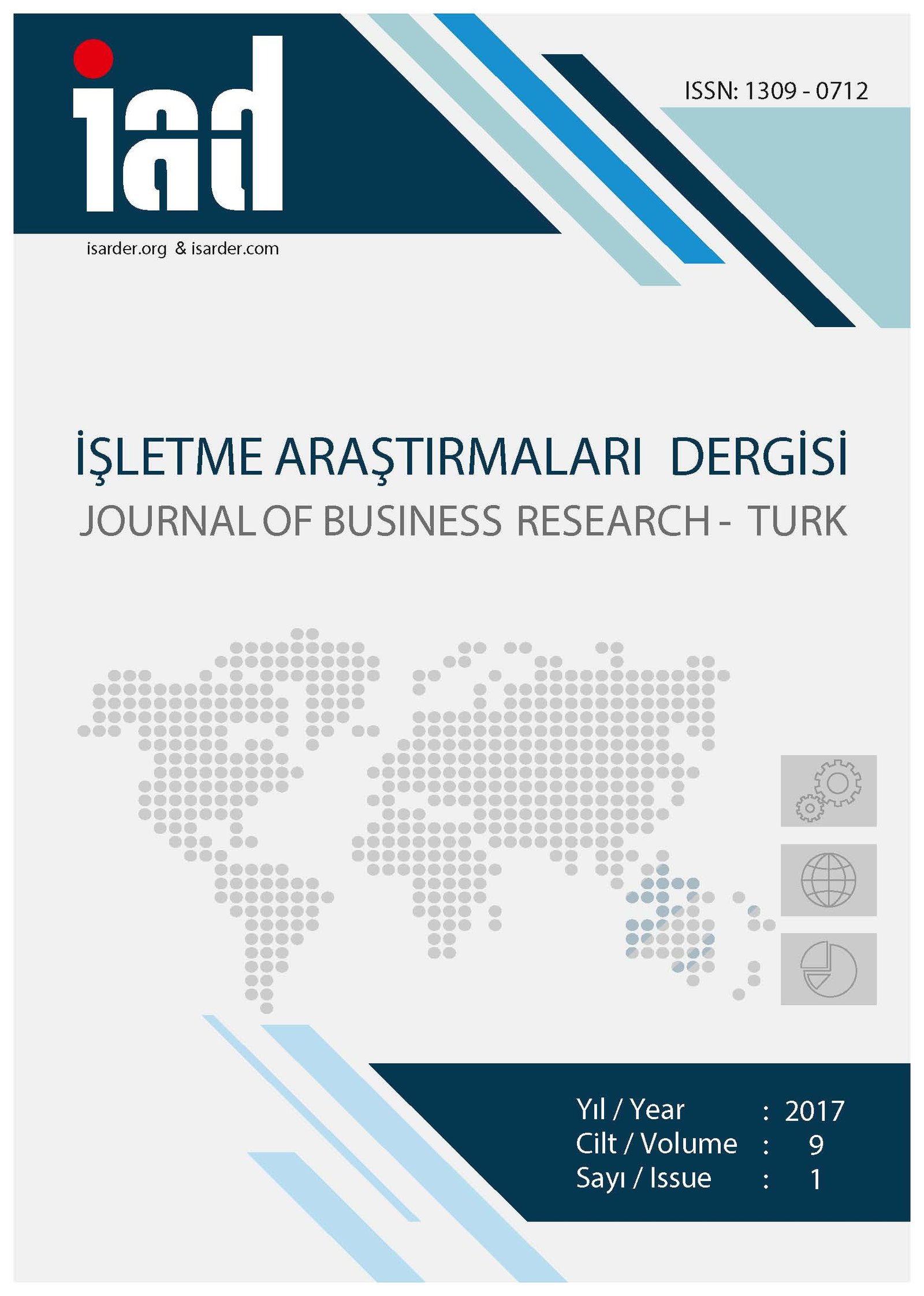Ratio Analysis in the Measurement of Financial Performance of Non- Profit Organizations (Non-Governmental Organizations)
Keywords:
Non-Profit organizations, ratio, sustainabilityAbstract
In non-profit organizations, stake holders such as the board of trustees, donors, the government, project beneficiaries, project staff, managers, financial staff, public and other related parties need financial information. The need to be able to measure the financial performance requires the measurement of the activity of these organizations. The aim of this study is to measure the financial performance of non-profit organizations by ration analysis In this study, financial performance is analyzed under four major topics; liquidity, efficiency, effectiveness, and sustainability. Liquidity analysis, unlike enterprises, focuses on the analysis of the solvency. Efficiency analysis can be done through donation revenues and the expenses paid out of these revenues. By means of effectiveness analysis, it is possible to evaluate whether the financial activities of the organization are conducted in the decent and ethical way. Finally, sustainability analysis enables to analyze the ability to maintain long-term activities of the organizations.
Downloads
Published
How to Cite
Issue
Section
License

This work is licensed under a Creative Commons Attribution-NoDerivatives 4.0 International License.





